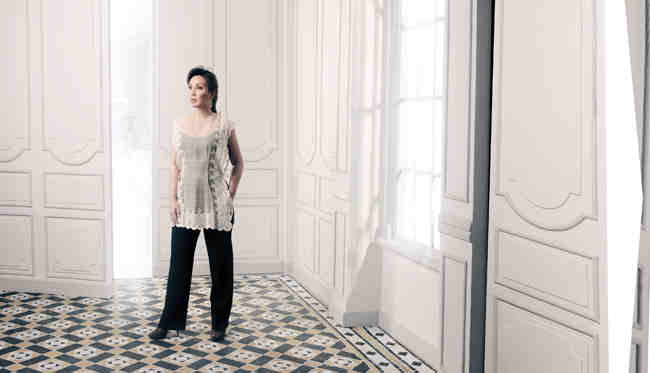The Voyage to Venice
May 6, 2015After 51 years, the Philippines will participate again at the prestigious Venice Biennale, Senator Loren Legarda describes her role and how this important event in our art and culture came about.
“Why is the Philippines not in the Venice Biennale?” This was the question that started the journey towards ending the country’s five-decade absence in the world’s most prestigious contemporary art exhibition. It was a puzzling absence, given the robust history of Philippine art and its lively contemporary art scene.
It was a question I raised during the 2013 Senate hearing on the budget of the Department of Foreign Affairs (DFA) and the cultural agencies of government.
The answer was not due to lack of knowledge about the event, but more of how do we start, who will support, and where will the resources come from. And I am not one to let logistics trump vision, which was slowly and surely already forming. From then on, it became a challenge and I quickly turned into an advocate.
I personally visited the Venice Biennale in 2013 when there were 88 National Participations at the Giardini, the Arsenale, and in the city of Venice. 10 countries participated for the first time—Angola, Bahamas, Bahrain, Ivory Coast, Kosovo, Kuwait, Maldives, Paraguay, Tuvalu, and the Holy See.
Seeing the exhibitions of these countries, I felt disheartened that the Philippines, a nation rich in culture and in people with remarkable artistic talent and skills, was not part of what is considered the “world leader” in contemporary art exhibitions. Such void betrayed the presence and the promise of Philippine art. And I thought that the world was poorer for it.
In my attempt to know the reasons behind our absence in such a huge global cultural event, I learnt that the Philippines joined the Venice Biennale in 1964 through the efforts of the Art Association of the Philippines (AAP).
It started when Purita Kalaw-Ledesma, then president of the AAP, wrote the president of the Biennale expressing the country’s interest to participate in the said exhibition in 1962. However, for some reason or another, it did not push through. The AAP tried again, and because of sheer determination to bring Filipino talent to the global art scene, the AAP was able to raise funds from private individuals and business establishments and before they knew it, the Philippines was on its way to Venice.
The AAP appointed Emmanuel Torres as the commissioner general of the first Philippine pavilion, which presented the works of the painter and multimedia artist Jose Joya and the sculptor Napoleon Veloso Abueva, both of whom are now National Artists.
Joya brought to Venice several paintings of his: Fishpond Reflections, Granadian Arabesque, Carcass, Episode in Stockholm, Quiapo Nazarene Festival, Venetian Daybreak, Primitive Rituals, Surging Red, and Hills of Nikko. Abueva presented five sculptures: Allegorical Harpoon, Flight, Bird, City, and Town Black.
Torres described Joya and Abueva as “standard reference points: their works are often made the basis by which those of new Filipino artists are compared.”
The question persisted and I relentlessly pursued: Why is the Philippines not in the Venice Biennale?
Our cultural agencies said no one ever supported the idea, but there was that willingness. I latched on to that willingness. For me, it was all I needed to take off.
That was 2013 and the next International Art Exhibition would be in 2015. There was no time to waste. We had to get things going. We are grateful that the government gave a modest budget, enough to bring us back to Venice.
Words by Senator Loren Legarda | Photography by Filbert Kung
Source: Philippine Tatler


